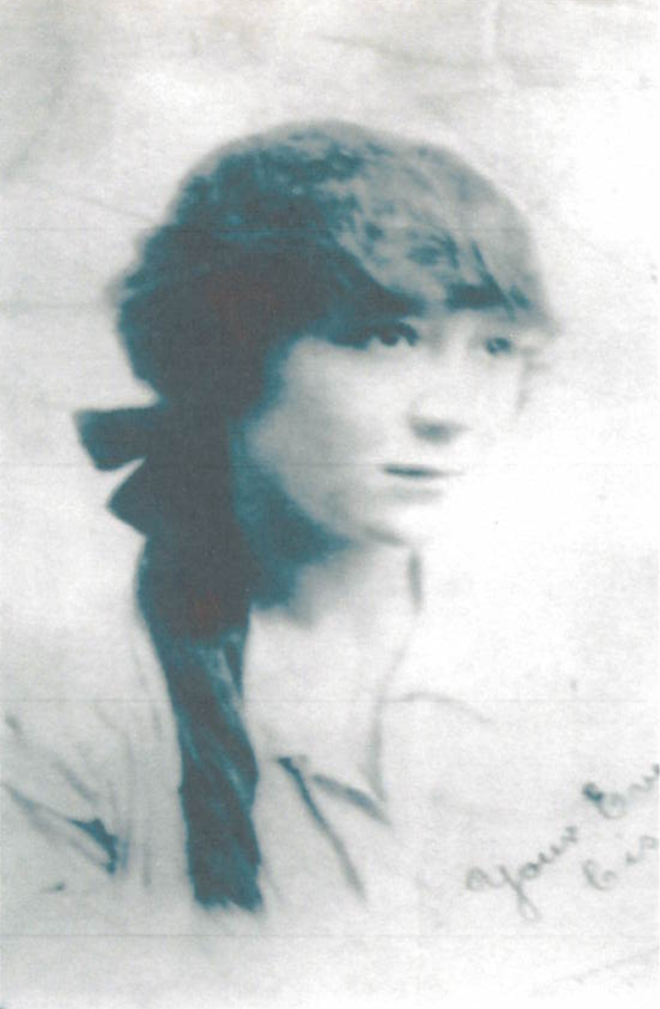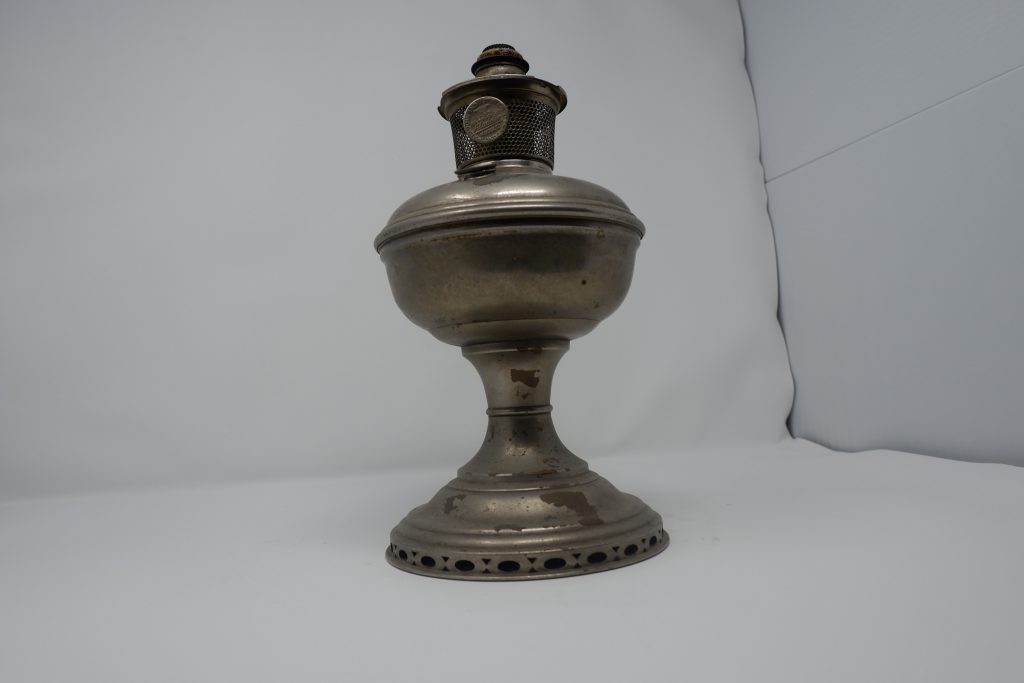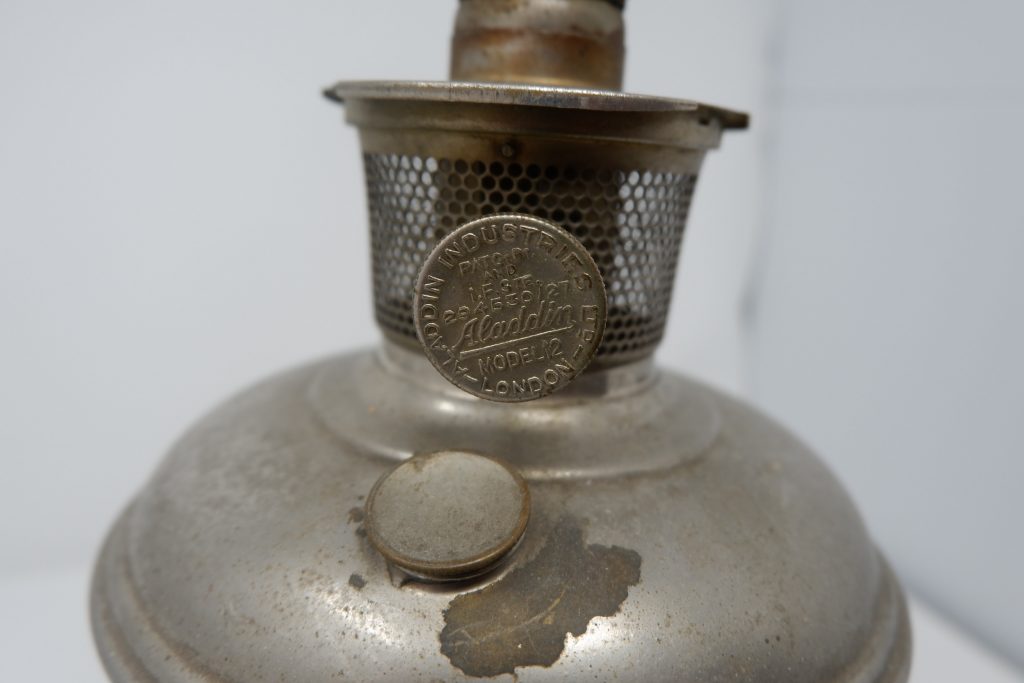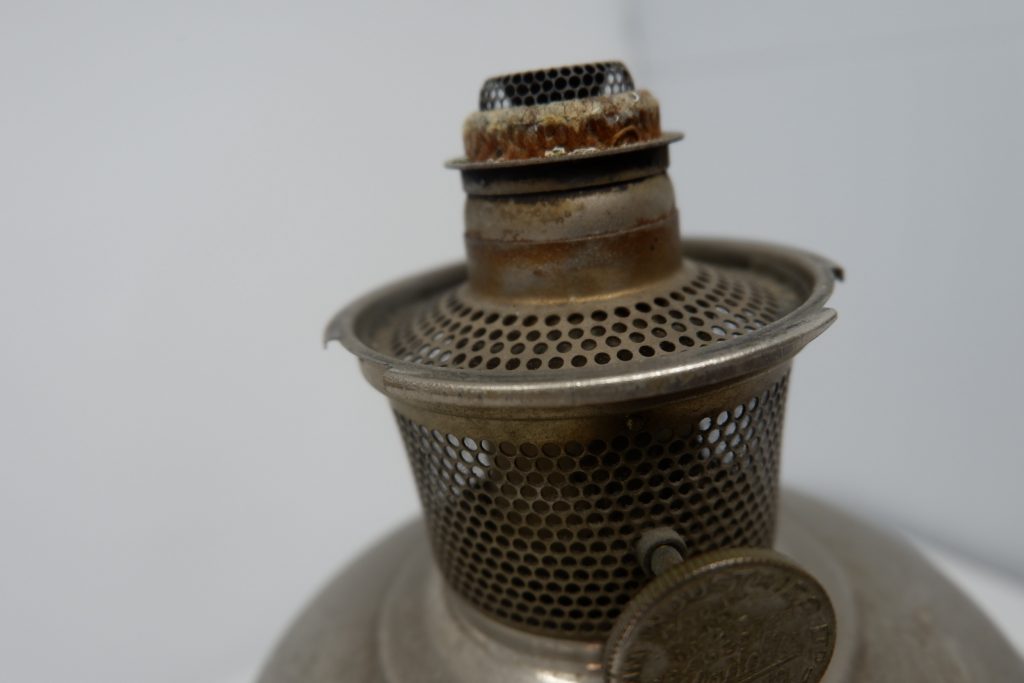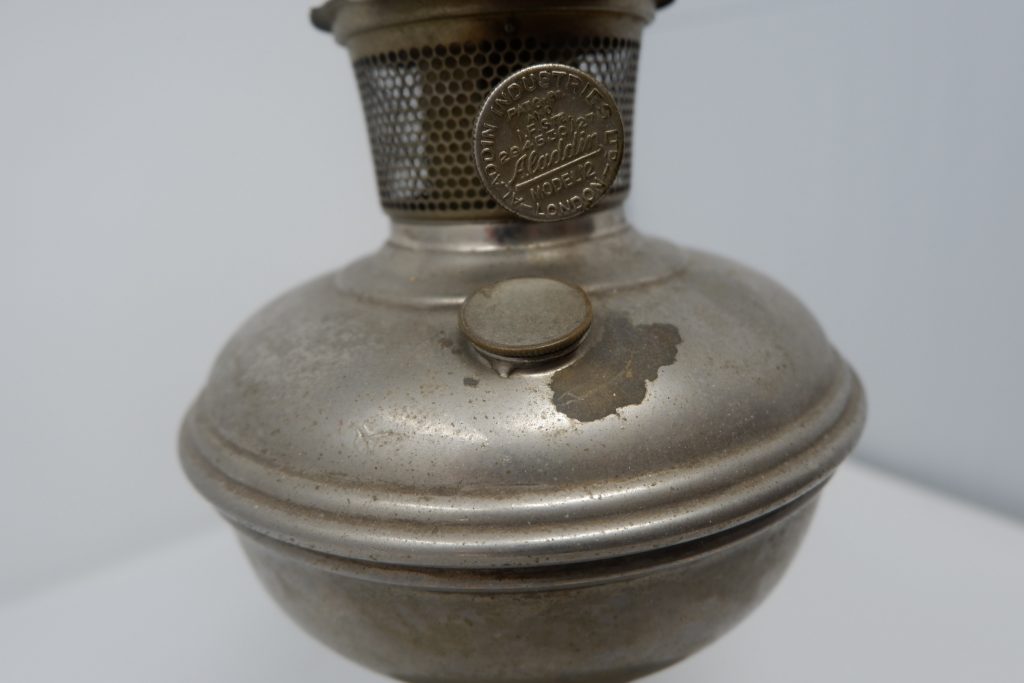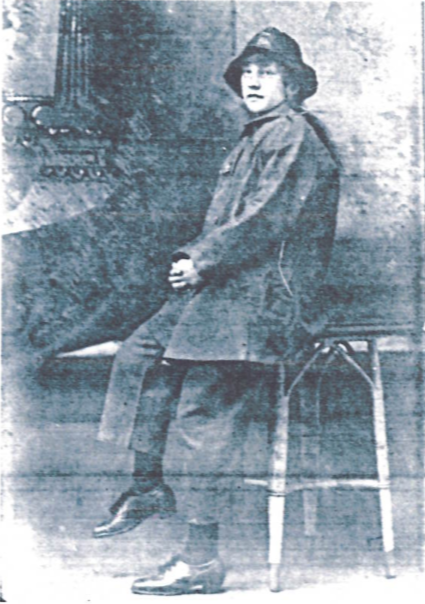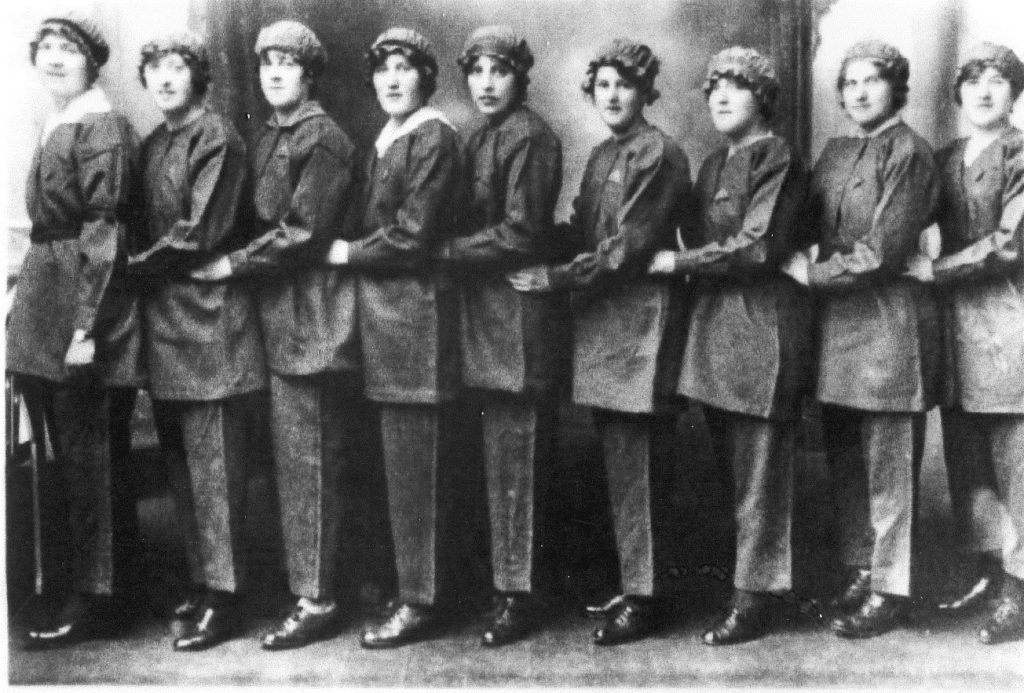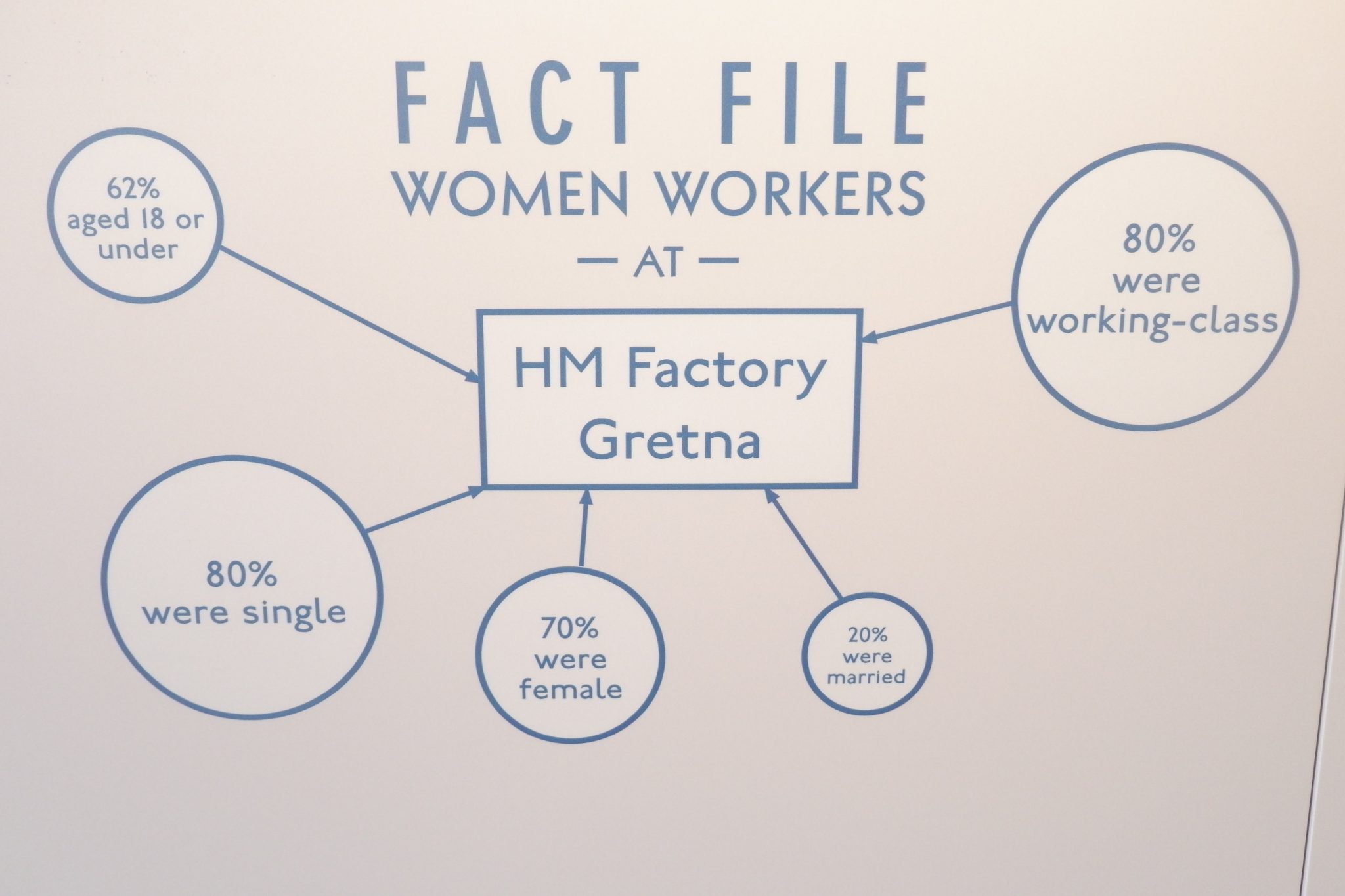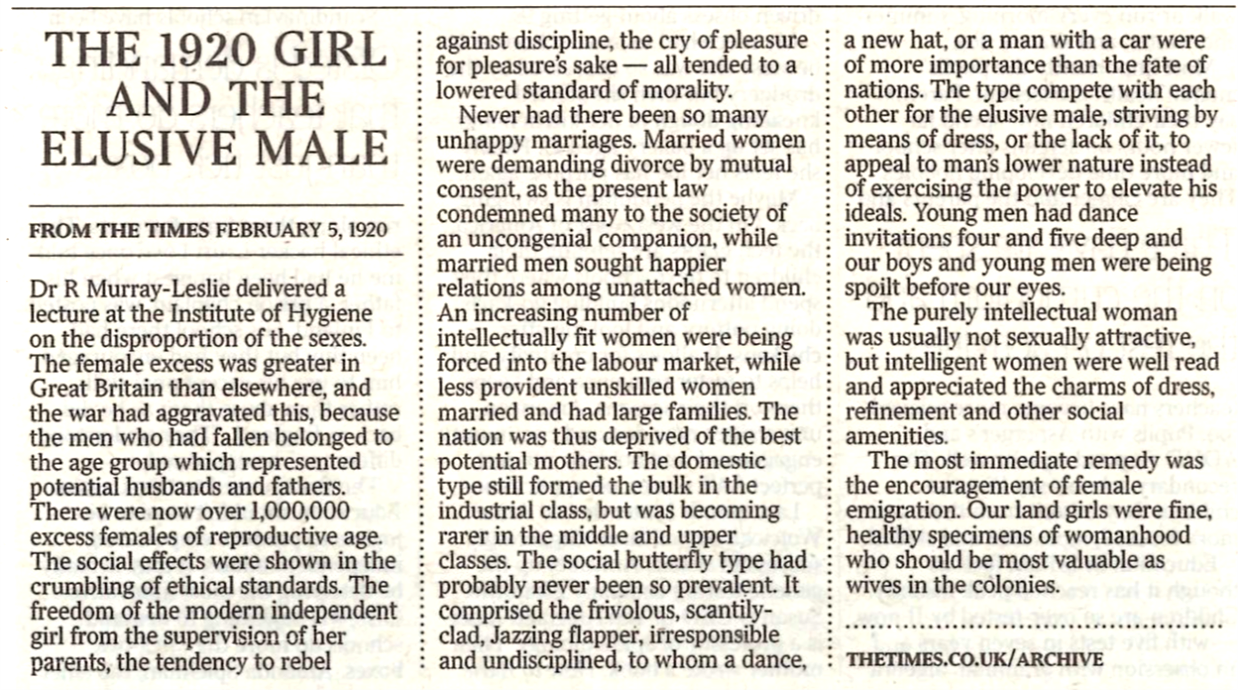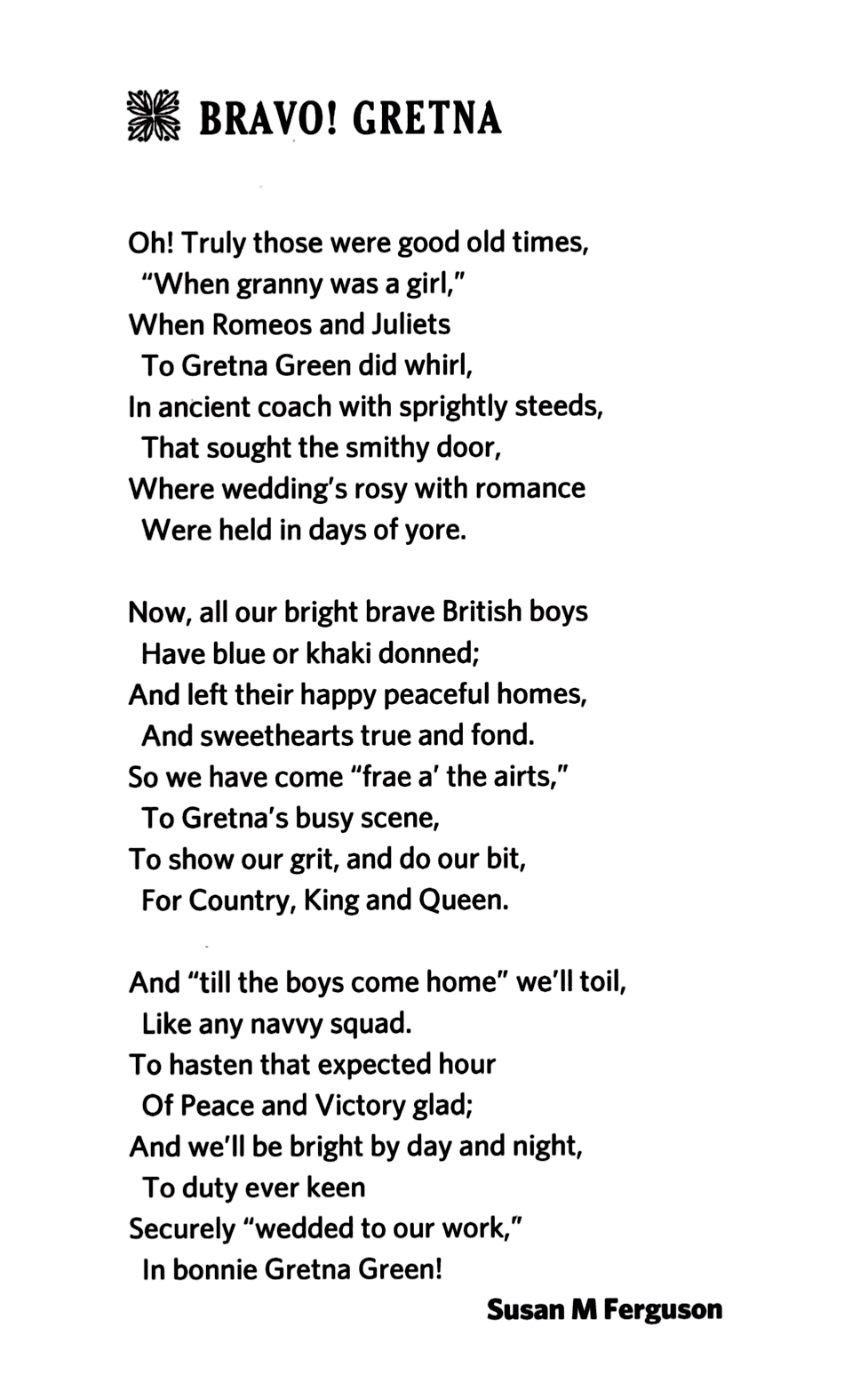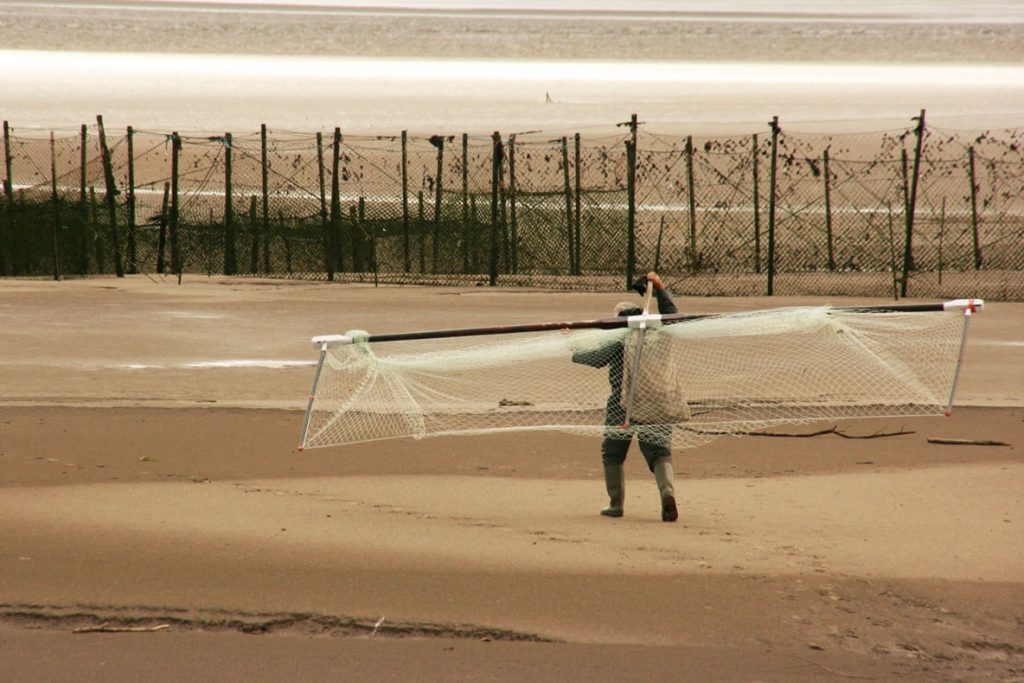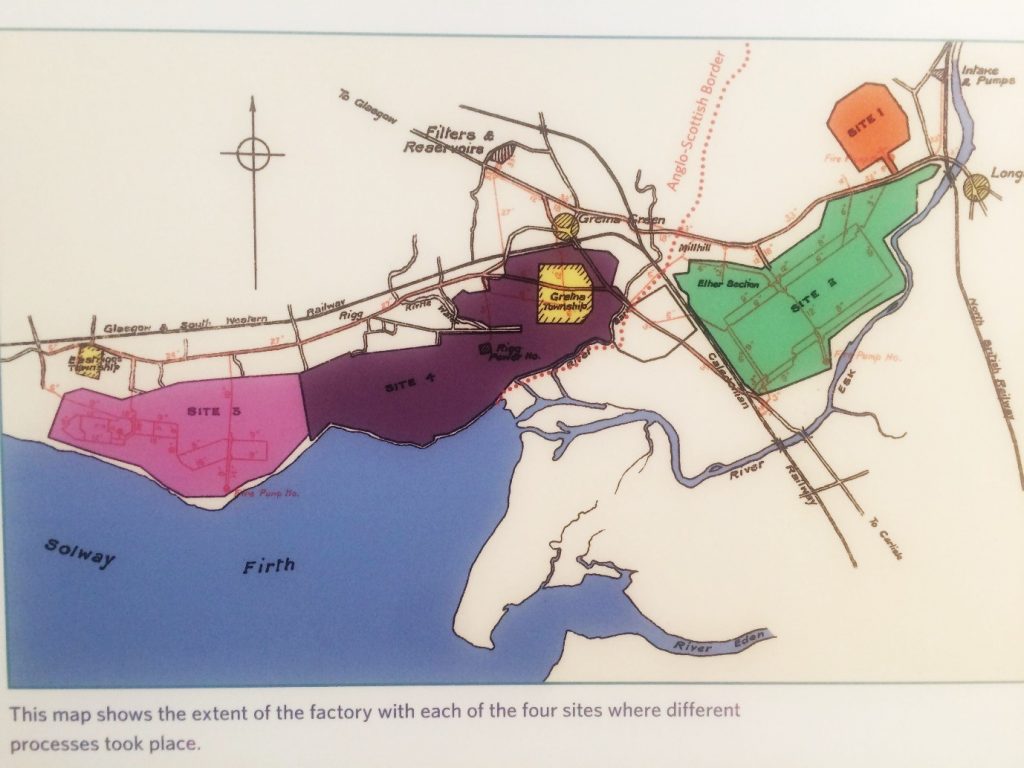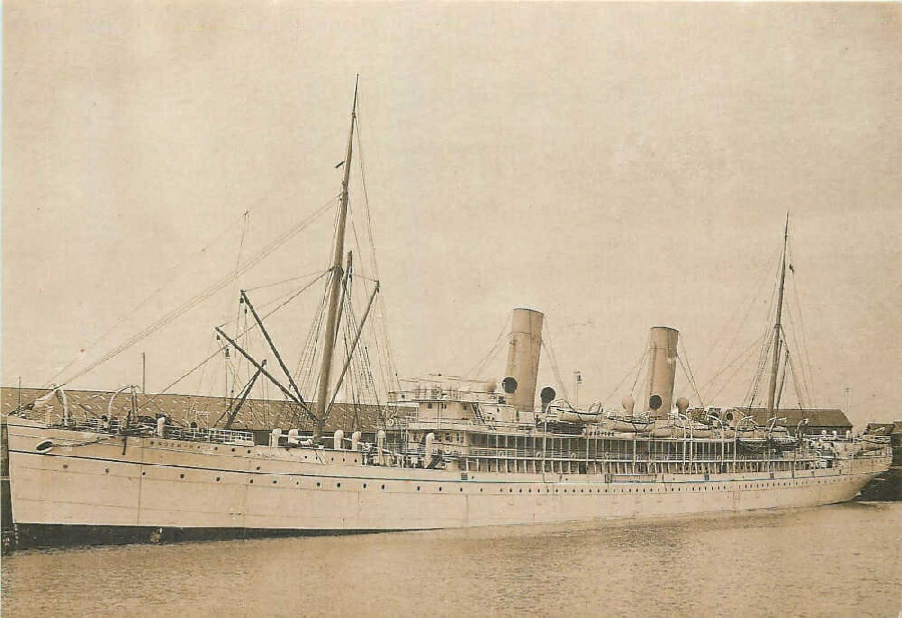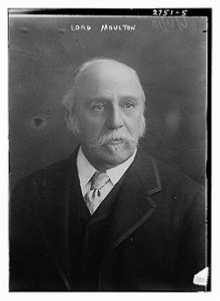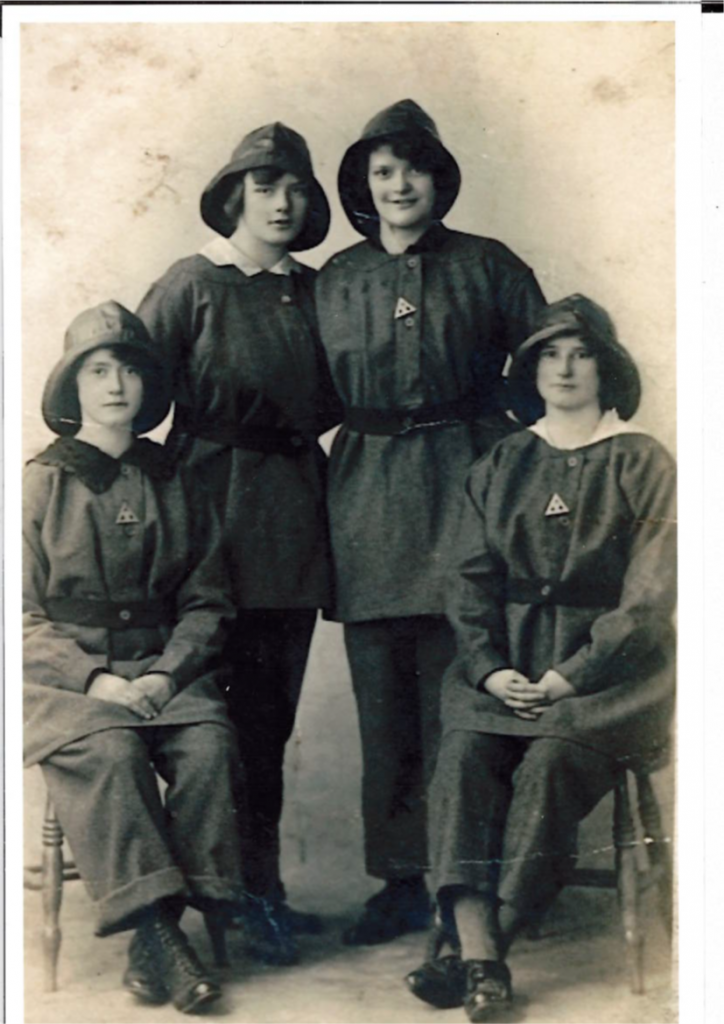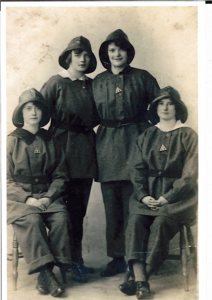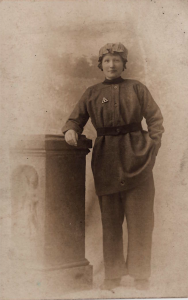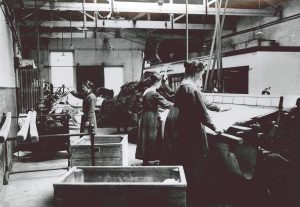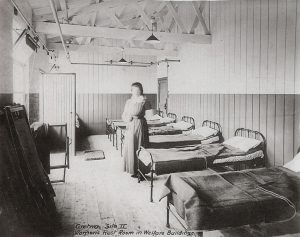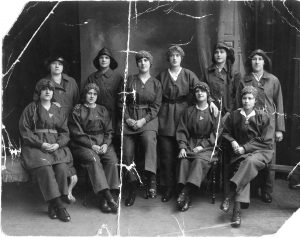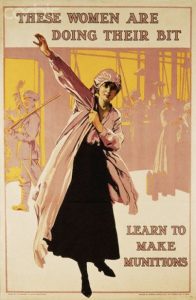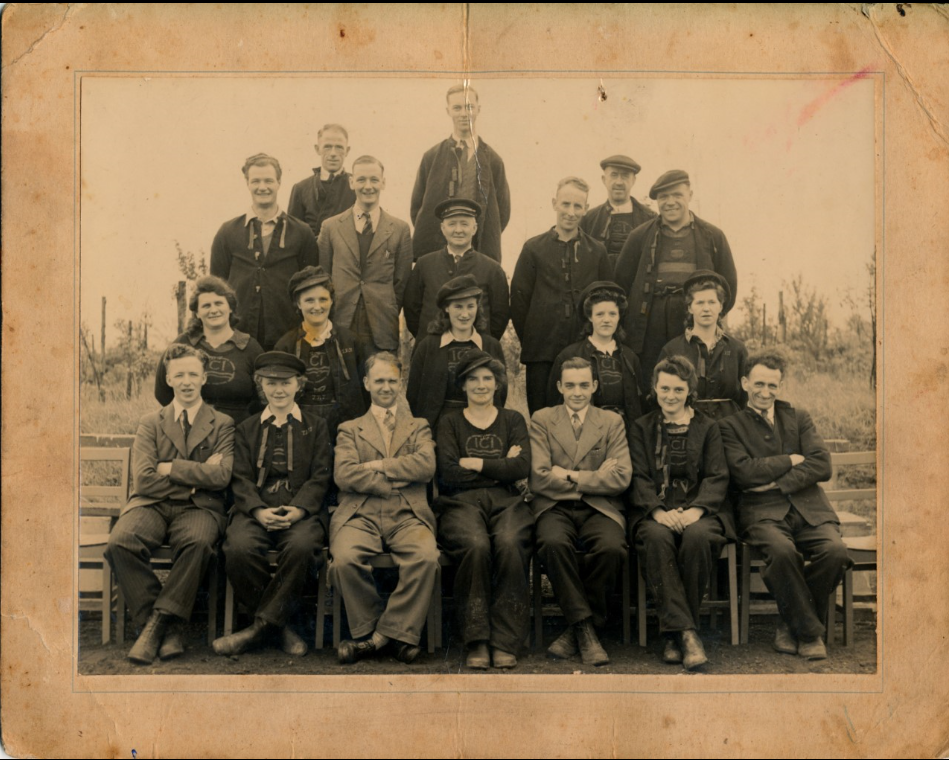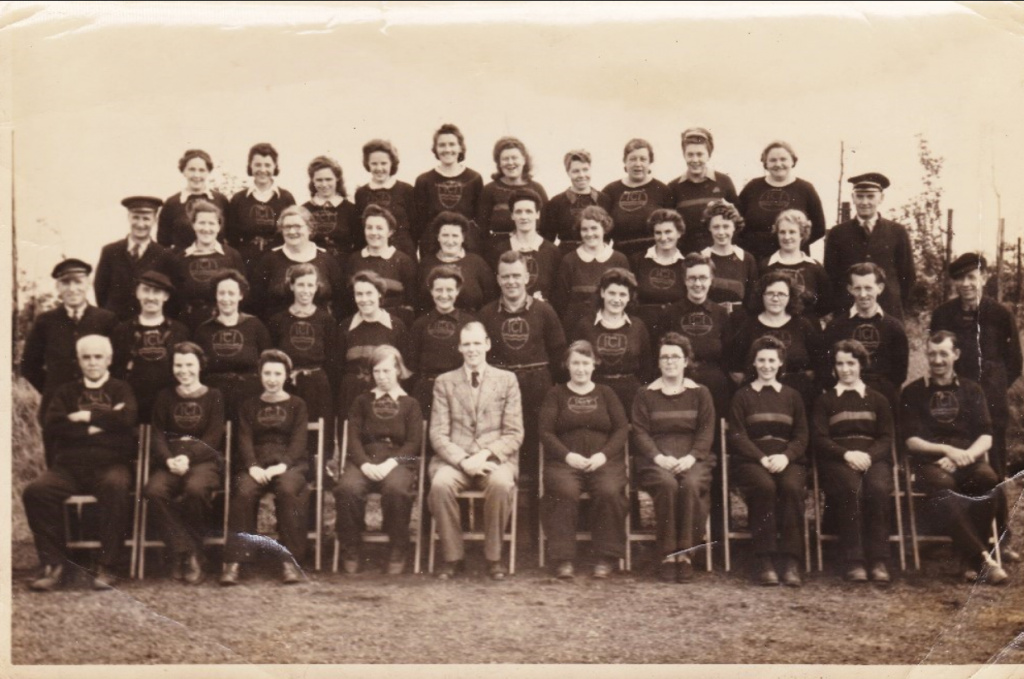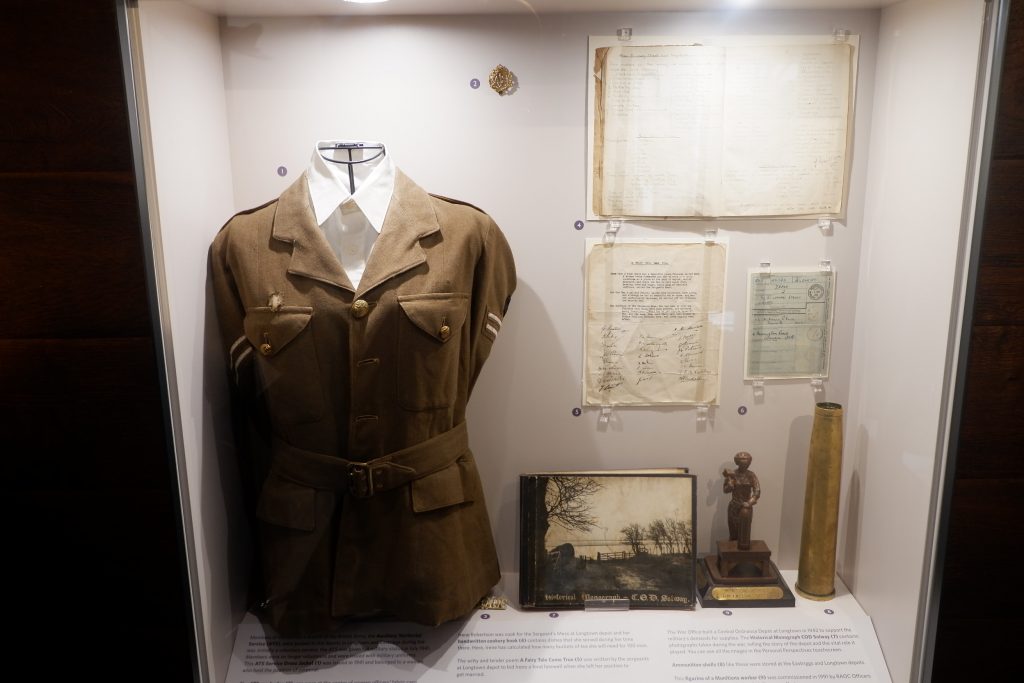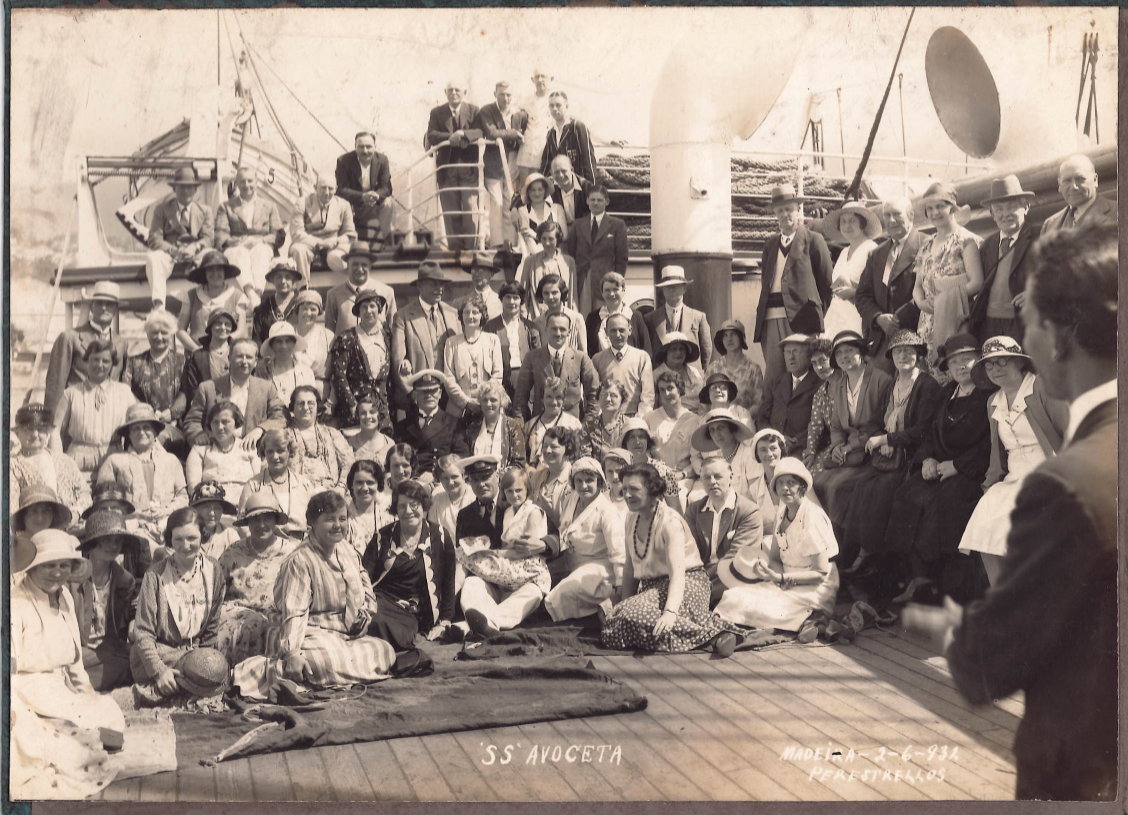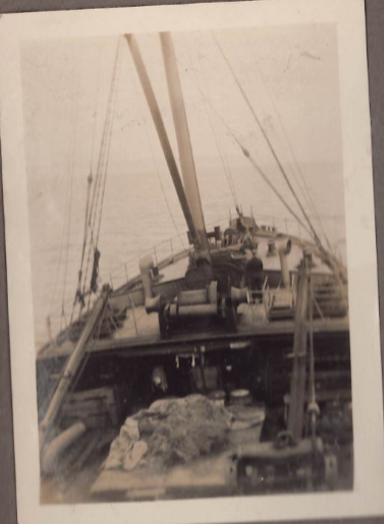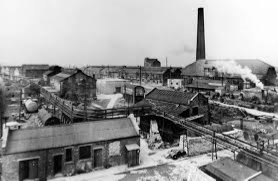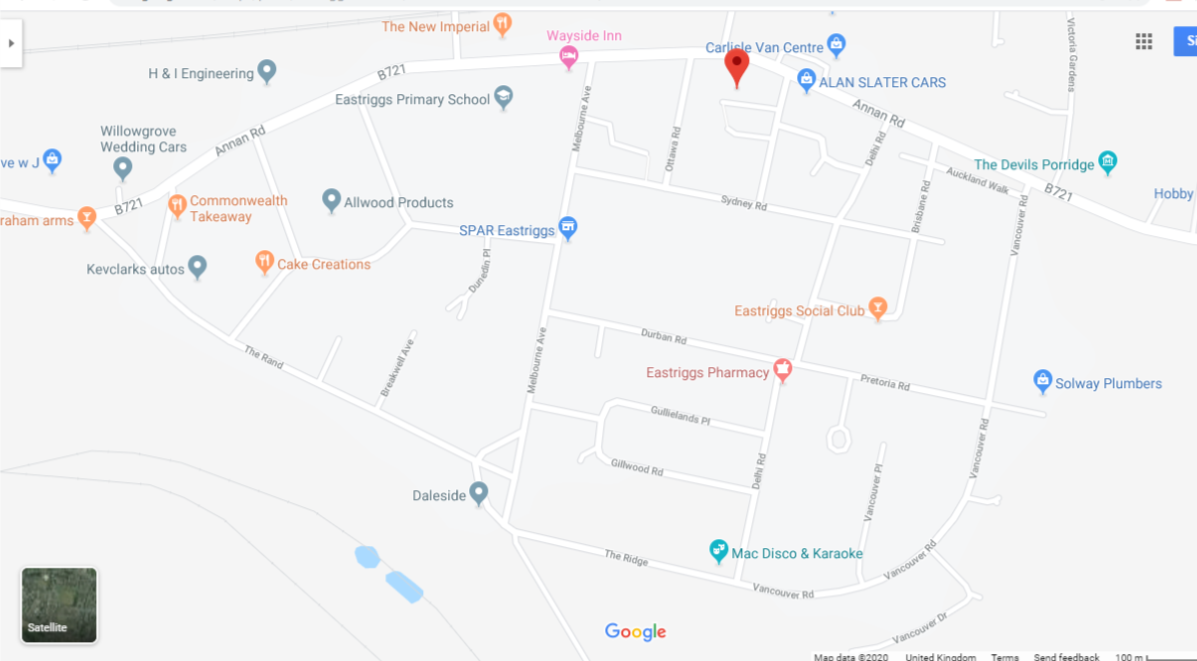This month’s object of the month display was created by Łukasz, from Annan Academy, who does work experience at the Museum every Thursday.
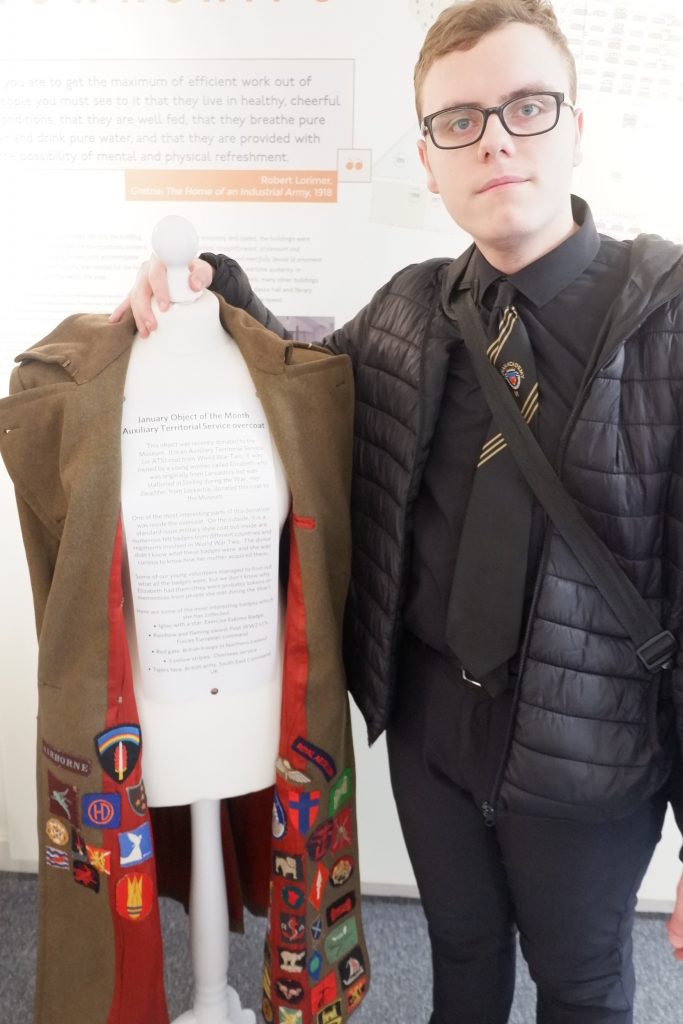
Lukasz removing the old object of the month from the cabinet ready for the new display.
Object of the Month – February
Haaf net fishing objects
The Museum’s current exhibition (running until March 31st) is on Haaf Net Fishing. These objects have been loaned to the Museum by local haaf net fishermen. We also have several other objects on loan in the exhibition including a full sized haaf net, a cleaning stick for stake nets (used to clean the nets when the tide was ebbing) and a fish storage box (a type used in Annan to transport fish packed in ice to London on the 6am train every morning except Sunday).
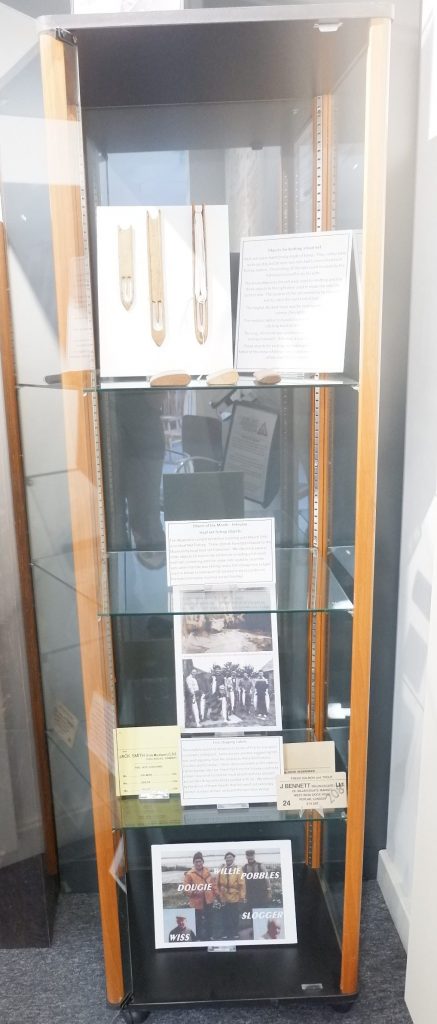
Object of the month cabinet
Fish Shipping Labels
These labels would be attached to boxes of fish for transport to markets in England. Some are pre-printed, suggesting fish was sent regularly from the Solway to these destinations (London and Grimsby). Other labels are blank so the address can be handwritten on. Fresh fish from the Solway used to be a major source of income for local people and was shipped across the UK by rail in boxes packed with ice. We were told by the donor of these objects that fish went out every day (except Sunday) at 6am on board the train from Annan.
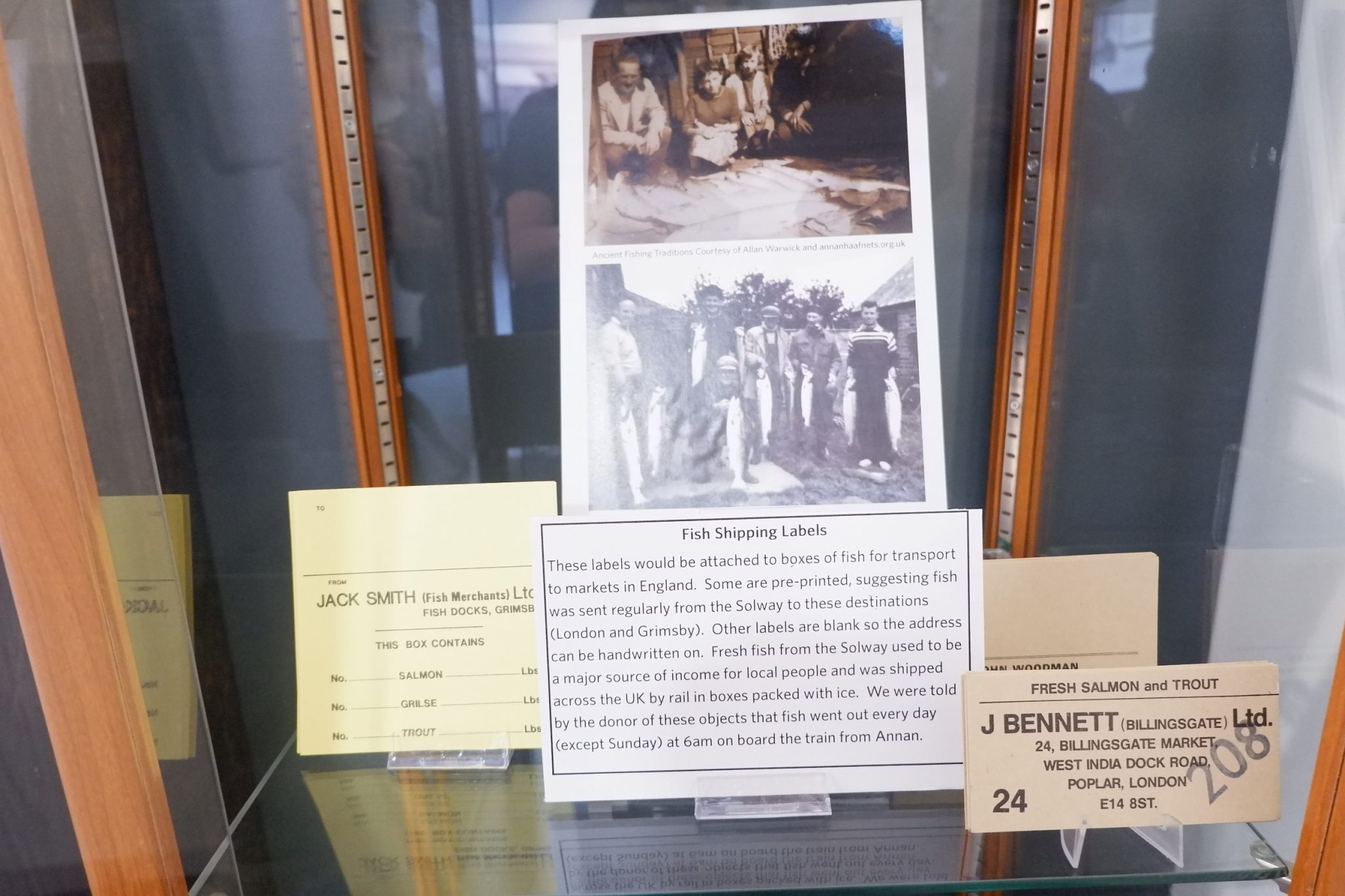
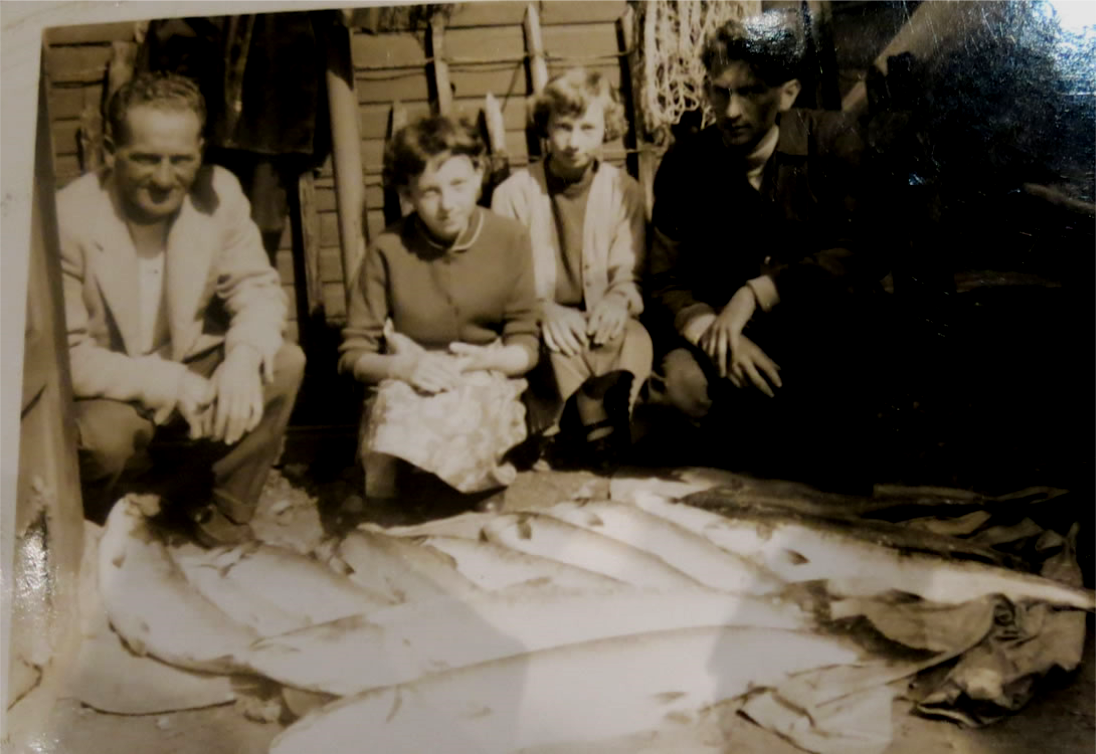
Ancient Fishing Traditions photo courtesy of Allan Warwick and annanhaafnets.org
Objects for knitting a haaf net
Haaf nets were traditionally made of hemp. They rotted away quite quickly and at least two nets had to be knitted each fishing season. The knitting of the nets could be done by the fisherman himself or by his wife.
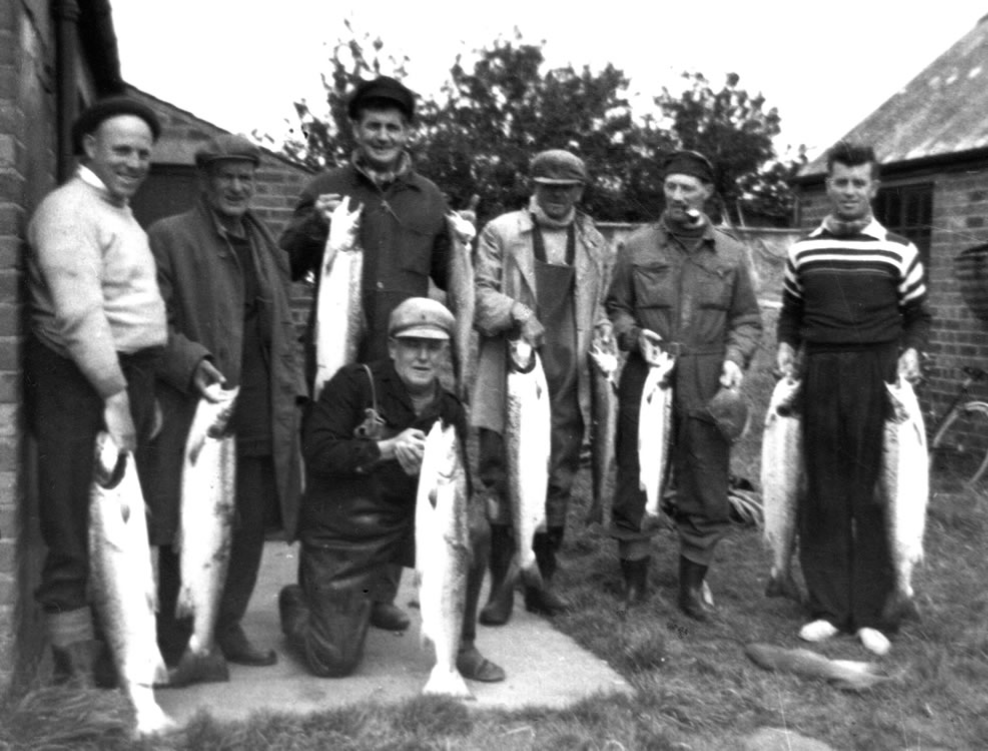
Ancient Fishing Traditions courtesy of of Allan Warwick and annanhaafnets.org.uk
The three objects to the left were used for knitting and the three objects to the right were used to make the nets the correct size. The squares of the net needed to be the right size to catch the right kind of fish.
The largest, thickest block was for making nets to catch salmon (far right).
The medium, lighter coloured block was to make a net for catching trout (in the middle).
The long, thin block was used to make a net for catching herling (nearest). A herling is a one year old trout.
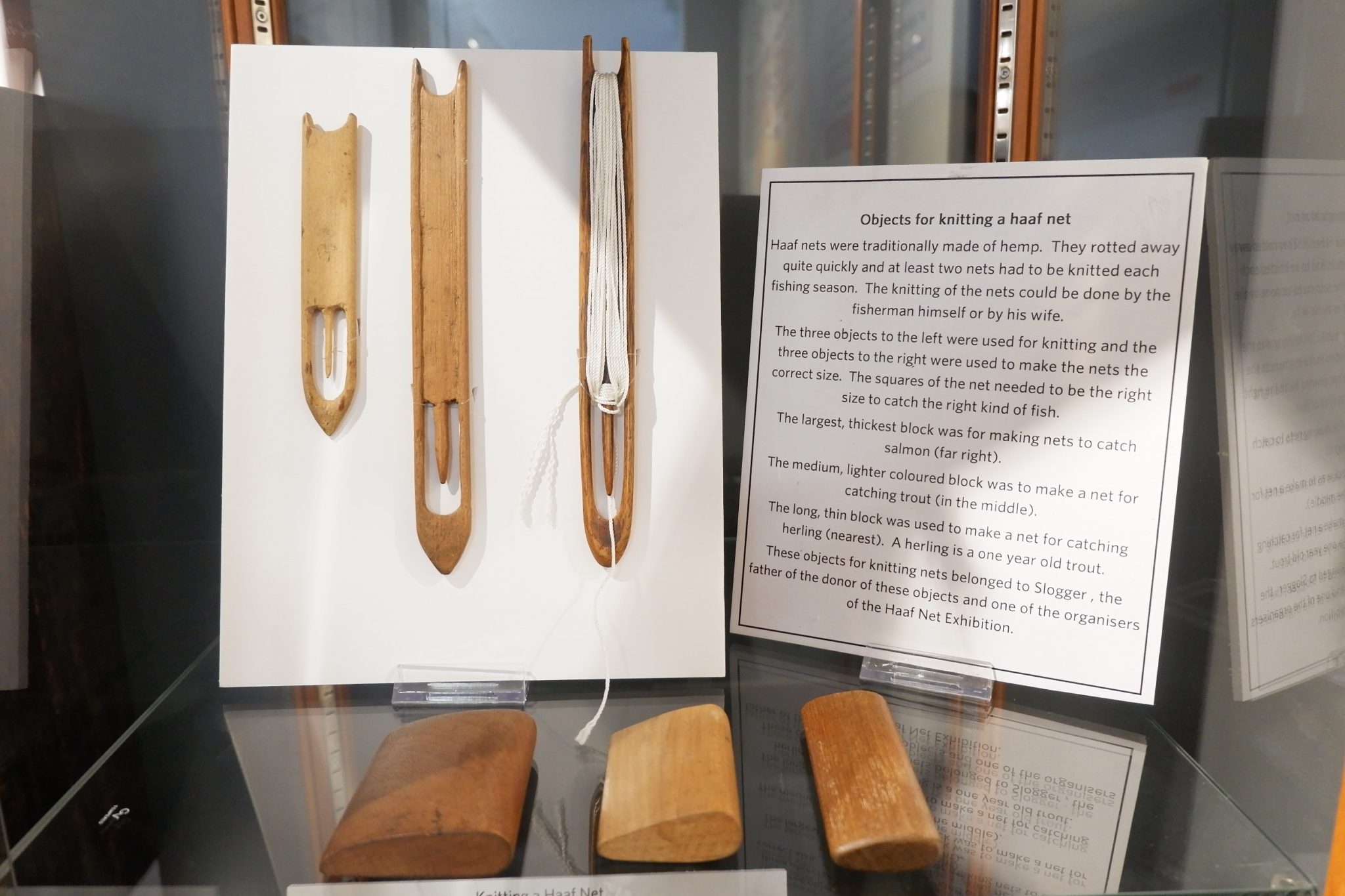
These objects for knitting nets belonged to Slogger , the father of the donor of these objects and one of the organisers of the Haaf Net Exhibition.
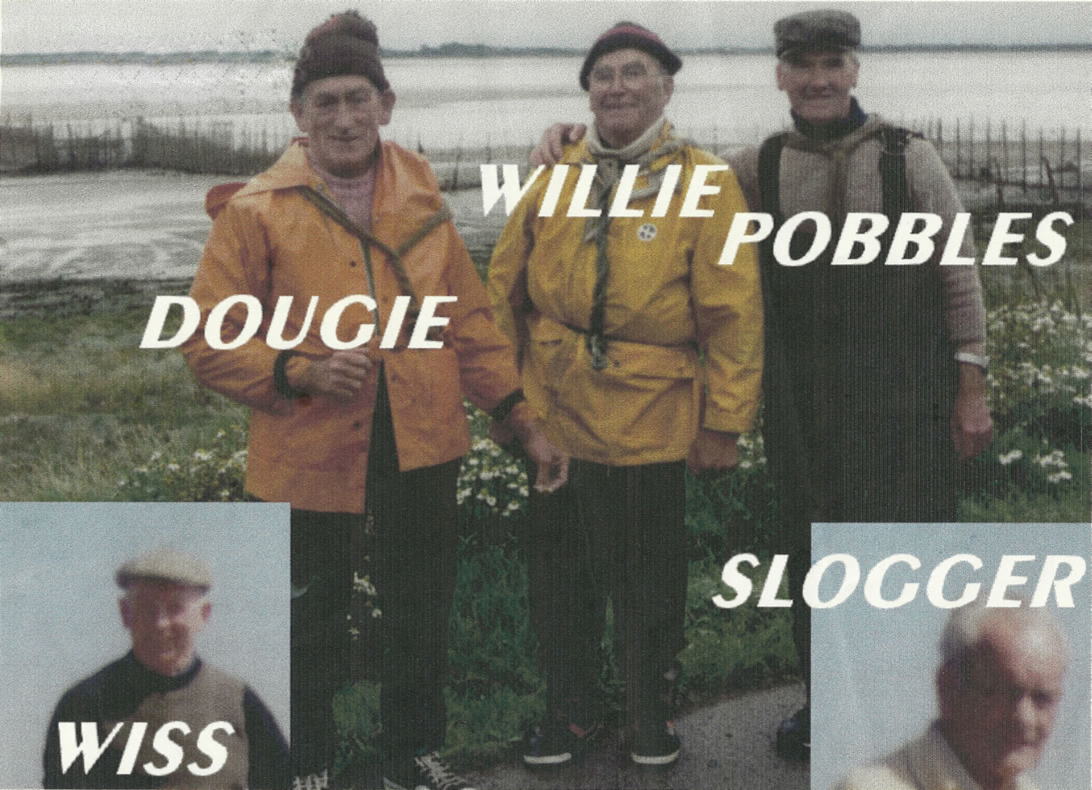
Courtesy of annanhaafnets.org
For more details on our current exhibition see:
Haaf Net Fishing
To purchase items relating to Haaf Net fishing from our online shop:
https://www.devilsporridge.org.uk/shop-online
For more details about Haaf Net fishing see (photographs of haaf net fishing used in this article, courtesy of this website):
http://www.annanhaafnets.org/
A selection of historic images can be seen here:
https://www.scran.ac.uk/database/results.php?QUICKSEARCH=1&search_term=haaf+net
